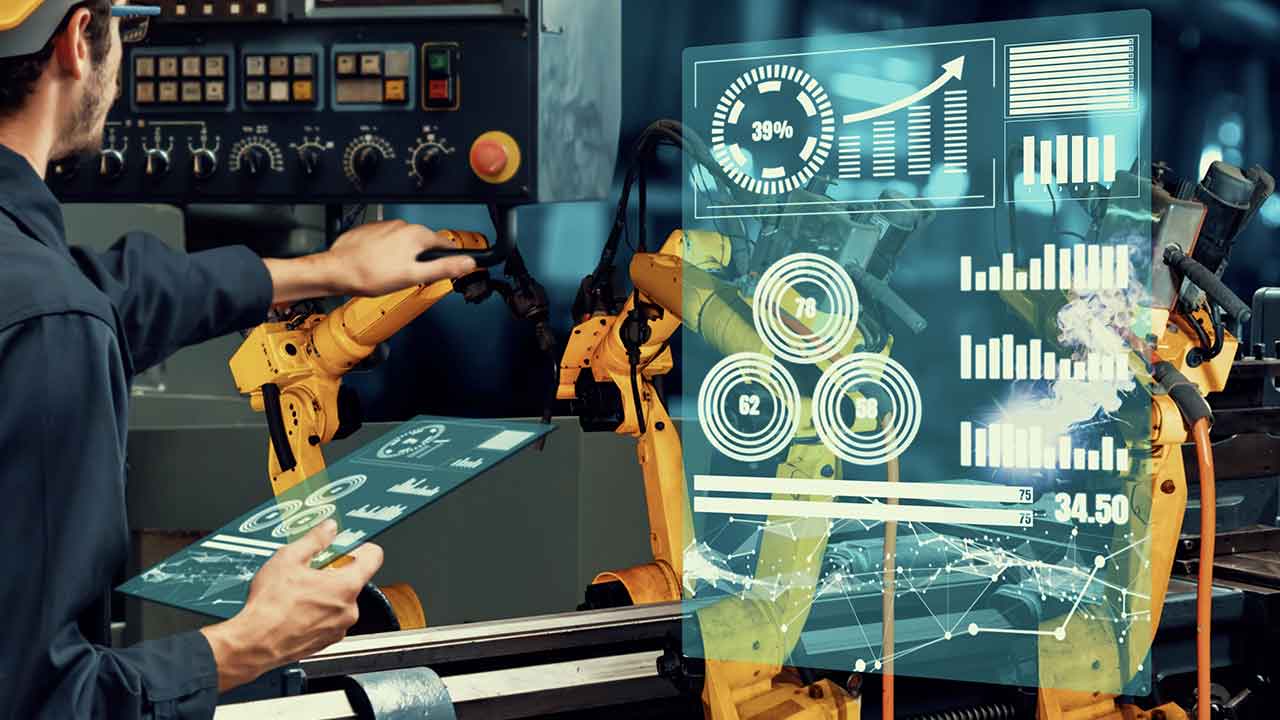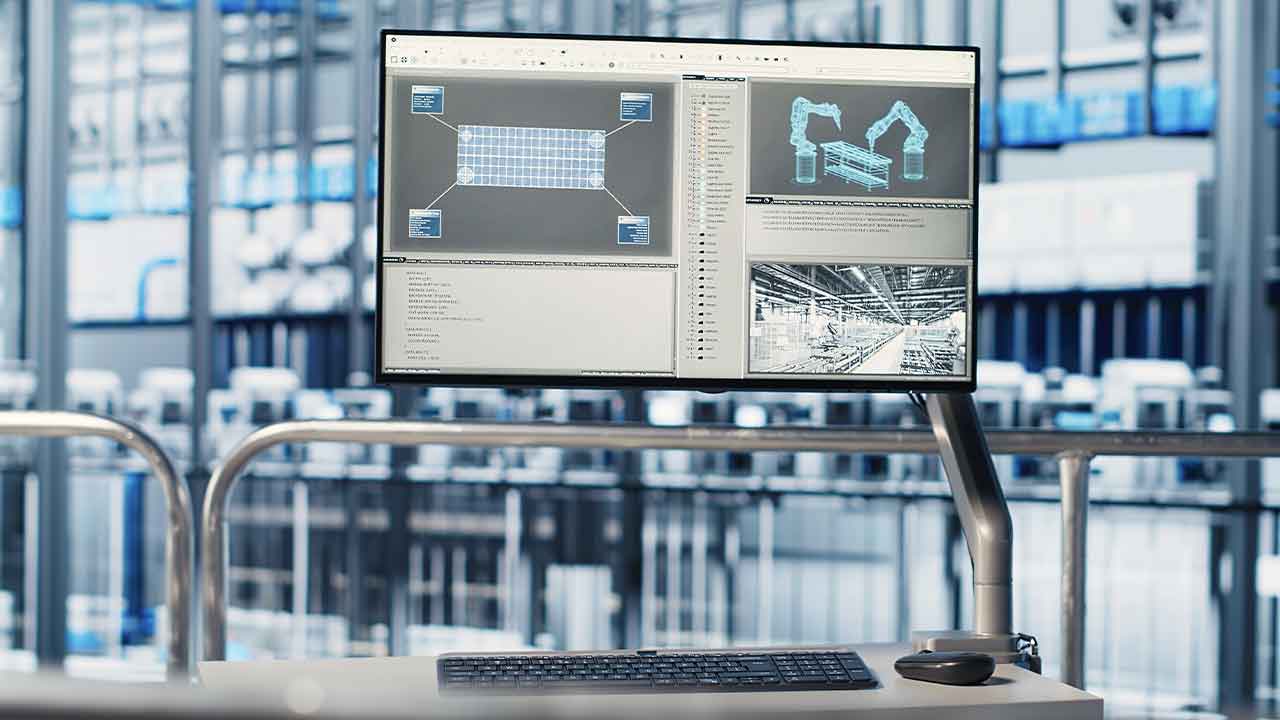Top 3 Questions Answered: How to Create a Cloud Strategy for Industrial Automation
Asking the right questions is a key component of good decision making. It gives you the opportunity to learn details, exchange ideas, and challenge conventional thinking. Most importantly, it leads to better conclusions.
In fact, according to an article in the Harvard Business Review, only 15 to 25% of adult professionals polled said they regularly asked questions. This is compared to almost 80% of children who – as most of us know – ask a ton of questions.
The reasons for this are many and varied, however, the article inferred that a big reason was the workplace decision making has made a dramatic shift from “get it done as soon as you can” to “get it done yesterday.”
You Don’t Know What You Don’t Know
But not taking the time to ask the right questions just so you can “get it done” can be costly in terms of both time and money. Perhaps 16th century philosophy Francis Bacon best summed up the power of asking questions when he said: “A prudent question is one-half of wisdom.”
Which is why we wanted to do a virtual Q&A on a topic we get asked about all the time: Cloud-based Industrial Internet of Things (IIot) solutions.
Answers to Questions about Cloud-Based IIoT Solutions
If you’re on the connectivity journey or looking to leverage the Cloud for your automation systems, keep reading to get answers to some essential questions.
Q: Everyone’s talking about connecting field devices to the Cloud, but it seems like a lot of work. Is it worth it?
The short answer is: Yes. The long answer is that everyone is talking about Cloud-based automation solutions because of what the Cloud can do – which is promote secure, intelligent, efficient automation.
As for being a lot of work, that depends on how you go about implementing your Cloud solution. Finding the right partner is essential.
Q: How does Cloud technology work in the industrial automation world?
Very well, thank you. All joking aside, here’s a visual that can help you understand how it works:
And here are some of the many benefits of Cloud technology for industrial automation:
• Autonomous operation and programmed automation
• Remote configuration, diagnostics, and troubleshooting
• Multi-user, multi-device accessibility
• Location independent, real-time monitoring
• Scalability
• Systems, resources, and operational optimization
• Unlimited virtual storage
• Reliable, persistent situational awareness
• Streamlined reporting and compliance
Q: We want to have a Cloud strategy but where do we start?
Congratulations! Given its many benefits, it’s understandable that you’re anxious to get going and take the leap into intelligent automation. We suggest, however, that you take your time and partner with someone who can guide you through the transition. The starting step, then, is to find a connectivity partner and learn from them.
Next, look at your systems and compare them with your overarching objectives for implementing a Cloud strategy. This will help you determine what to prioritize first. Then look for the proverbial low-hanging fruit. Determine which area of your operation offers the greatest opportunity for a return. Where can you achieve the most meaningful outcomes while using the least number of resources. Finally, remember that technology changes quickly so adjust your expectations accordingly. Cloud computing for industrial automation is not a “one-and-done” undertaking. So, move forward deliberately, ask questions, and learn as much as you can before you make any decisions.
Read the full article here.
Richard Theron is the product line manager for FieldServer at MSA, where he works intimately with companies in the building automation, industrial automation, energy management and life safety markets to help them cloud-enable their equipment.



